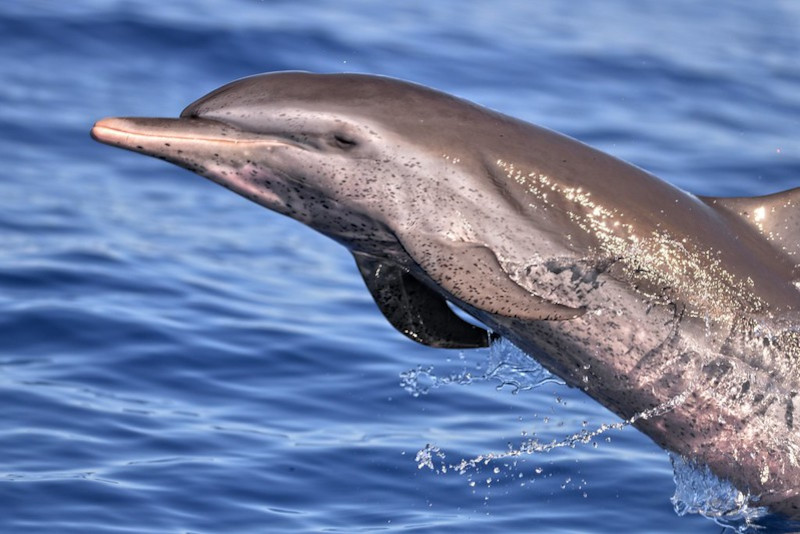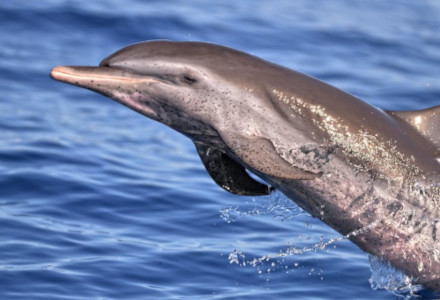
Photographer: Alexandre Roux
CC License: https://bit.ly/2VDMwRc
Pantropical Spotted Dolphin Facts
- The Pantropical Spotted Dolphin lives in every temperate and tropical ocean. The species was once grouped with the Atlantic Spotted Dolphin but now lists as a separate species.
- Yet this beautiful creature was also once endangered as millions of became snared in tuna nets. Since then, the adoption of dolphin-friendly tuna fishing measures has reversed that trend.
- Consequently, the amazing Pantropical Spotted Dolphin has become (for now) a thriving species. But, the position remains precarious, and could easily reverse itself if conditions change for the worse.
- Climate change, however, now threatens it, as it does all species, including humans. Conservation efforts to protect it, along with other species, are in place. Yet more steps may be needed.
Related Articles
Dusky Dolphin Maui Dolphin Irrawaddy Dolphin
The Pantropical Spotted Dolphin does not display sexual dimorphism. Yet, its appearance does vary across its endemic range. The coastal populations of this species tend to display more spots and are slightly larger.
The average adult length is about 8.2 ft (2.5 m) and the weight is about 265 lb (120 kg). However, exceptional individuals do occur.
The beak is relatively long and rather thin. Also, the throat, chin, and stomach most commonly display pale gray or white.
The coloring of the flanks is also interesting. This is separated into three distinct color bands. The lightest is the bottom band. The middle is darker, and the upper band is almost black.
- Kingdom: Animalia
- Phylum: Chordata
- Class: Mammalia
- Order: Artiodactyla
- Family: Delphinidae
- Genus: Stenella
- Species: S. attenuata
Photographer: Alexandre Roux
CC License: https://bit.ly/3lIzcpy
Pantropical Spotted Dolphin Distribution, Habitat, and Ecology
The Pantropical Spotted Dolphin evolved as endemic to all warmer waters. But the animal inhabits some areas more than others. These regions consist of the Atlantic Ocean, Eastern Pacific Ocean, and the Gulf of Mexico.
Further, the global population is estimated at around three million individuals. This makes the prolific animal among the most numerous of all cetaceans. However, experts fear this may change.
This species is also very active and highly prone to great leaps from the water. Individuals also enjoy playing in the wake of large boats. But, this can sometimes prove to be its undoing, due to accidents.
In addition, a typical lifespan for this particular mammal averages about 40 years. Finally, this gentle creature feeds exclusively on a rather wide variety of fish, squid, and small crustaceans.
Species Sharing Its Range
Blue Shark Spanish Shawl Blue Whale
Check out our other articles on Earth’s Many Stunning Waterfalls, Luna Moth, Hawksbill Sea Turtle, Southern Magnolia, Perito Moreno Glacier, Black Rain Frog, Saiga Antelope

